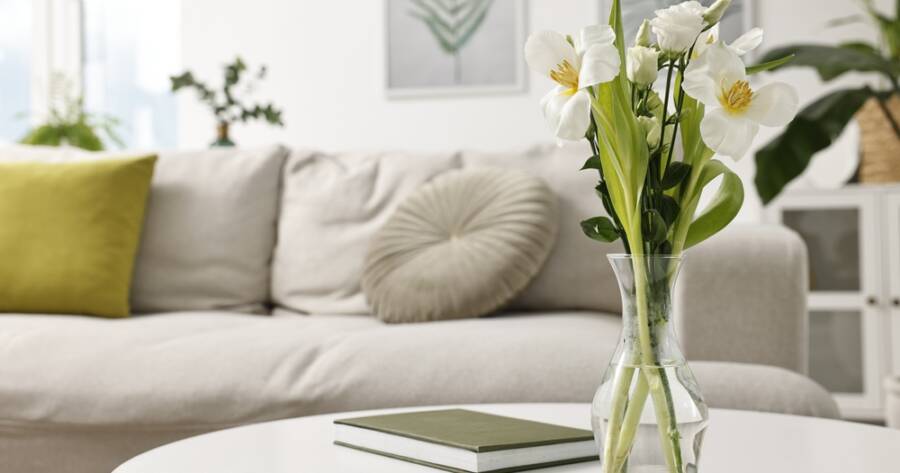Feng Shui, an ancient Chinese practice, focuses on creating balance and harmony within a living space. By arranging your home thoughtfully, you may influence the flow of energy, potentially enhancing well-being and prosperity. Understanding the core principles of Feng Shui can lead to a home environment that feels both welcoming and peaceful, offering a sanctuary from the stresses of everyday life.
Understanding the Basics of Feng Shui
Feng Shui is centered around the flow of “chi” or energy, which is believed to impact health and fortune. The practice involves understanding spatial arrangements and how they affect the dynamics within a home.
Key components include the five elements—wood, fire, earth, metal, and water—each representing different qualities and energies. Aiming for a balance of these elements may contribute to a harmonious environment.
The Importance of the Bagua Map
The Bagua map is an essential tool in Feng Shui, dividing a space into different areas that correspond to aspects of life such as wealth, love, and career. Aligning this map with your home can guide furniture and decor placement to enhance specific energies.
Learning to apply the Bagua map allows you to identify which areas of your home represent different life aspects, offering a method to refine your space intentionally.
Strategic Furniture Placement
Furniture arrangement significantly influences energy flow in a home. Ensuring clear pathways and positioning furniture to face entryways can promote a sense of openness and security.
Avoiding clutter and keeping items organized helps maintain positive energy. The placement of key pieces like sofas and beds, especially in commanding positions where you can see the door, is thought to enhance a room’s energy flow.
Balancing the Five Elements
Achieving a balance of the five elements within your home may create harmony. Incorporating elements like wood with plants, fire with candles, earth with pottery, metal with frames, and water with fountains or mirrors can provide variety and balance. Ensuring these elements are proportionally represented may enhance the energy throughout your living space.
Utilizing Color Psychology
Color plays a vital role in Feng Shui, with different hues associated with various elements and emotions. Warm colors like red and yellow might encourage energy and creativity, while cooler colors such as blue and green could promote calm and relaxation. Selecting colors that align with your desired atmosphere may support the intended energy of a room.
Embracing Natural Light and Air Flow
Maximizing natural light and maintaining good air quality is fundamental in Feng Shui. Open windows regularly and use sheer curtains to allow sunlight to fill your space. Fresh air and light are believed to invigorate energy flow, contributing to a more vibrant and uplifting environment.
Personalizing with Intention
Incorporating personal touches with intention can reflect positivity and joy. Displaying meaningful artwork, family photos, or cherished mementos may enhance connection and happiness. It’s important to choose items that resonate positively with you, supporting an emotional connection to your space.
Creating a Serene Sanctuary
Designating areas for relaxation and reflection can foster peace and tranquility. Consider creating a meditation corner, using soft textures and calming colors. A clutter-free, serene environment for rest or contemplation might help replenish your energy and allow for restorative moments.
Learn More Today!
Integrating Feng Shui principles into your home design involves careful consideration of space, elements, and personal energy flow. By applying strategies like using the Bagua map, balancing elements, and embracing natural light, you may create a harmonious environment that supports well-being.
Harnessing the power of Feng Shui could enhance your connection with your living space, fostering a sense of peace and balance in your daily life.
